
Blue Note Tone Poet Series – B0035204-01, BST 1577, (2022, Sept.).
Originally released in mono on Blue Note – BLP 1577 (1957, Nov.).
Originally released in stereo on Blue Note – BST 1577 (1960, June).
Ratings:
- Global Appreciation: 9.3
- Music: A
- Recording: 8.7
- Remastering + Lacquer Cutting: 9.3
- Pressing: 9.8
- Packaging: top notch deluxe laminated gatefold with booklet
Category: jazz, hard bop, bebop.
Format: Vinyl (2×180 gram LPs at 33 1/3 rpm).
“Be not afraid of greatness. Some are born great, some achieve greatness, and others have greatness thrust upon them”
– William Shakespeare
Along with Charlie Parker and Sonny Rollins, John Coltrane represents the pinnacle of saxophone supremeness. Certainly, Parker, the first member of this elite group, was a true jazz genius, creating this revolutionary frenetic language baptized bebop, hence liberating and transforming the music forever. His downfall? His death, at age 34 from heroin and alcohol use. Thankfully, the Colossus Rollins, who like so many of his peers worshipped Parker, was influenced by the latter in getting hooked on heroin, but later sought help to quit—the result of which was he kept playing for six decades, and is still alive today in his early-90s. On many counts, Coltrane seems to fit in between these two extremes.
Born in 1926, six years after Parker and four years before Rollins, Coltrane played mostly tenor, but also alto like his senior idol, while later adding the soprano sax of his junior rival to his arsenal.
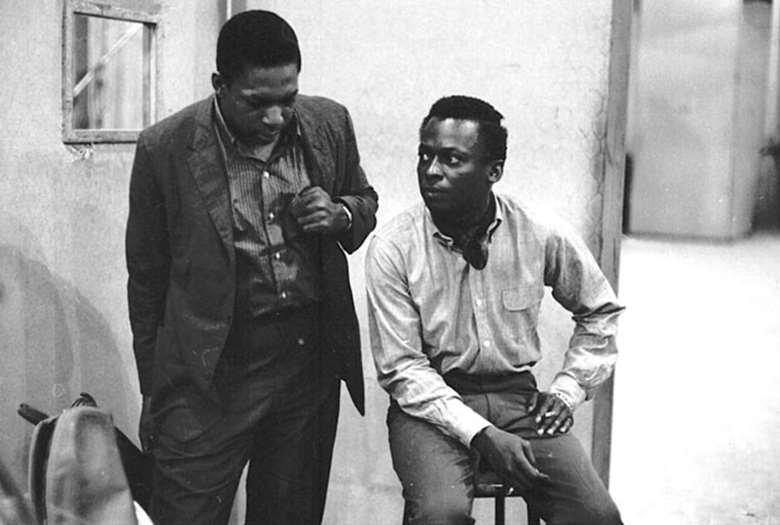
In October, 1955, Miles Davis, under contract with Prestige Records, hired Coltrane to join his “First Great Quintet”, only to fire him in April, 1957, for his heroin and alcohol dependence. Davis himself had been hooked on heroin before quitting cold turkey a few years earlier. Coltrane cited this event as a “spiritual awakening”, prompting him to quit the junk and sober up a month later. Immediately, things started to look brighter for the tenor when Rudy Van Gelder recorded his debut album for Prestige.
Coltrane did reconcile with Davis a couple of years after their breakup, taking part in Davis’s Milestones and Kind of Blue. Coltrane would die of liver failure at age 40.
All Aboard!…
On September 15, 1957, accompanied by the “dream team” lineup of Lee Morgan on trumpet, Curtis Fuller on trombone, Kenny Drew on piano, Paul Chambers on bass, and “Philly” Joe Jones on drums, Coltrane, an unsigned artist at the time, entered RVG’s first studio, situated in Hackensack, New Jersey, to record some of the most ferocious jazz-playing cut to wax.
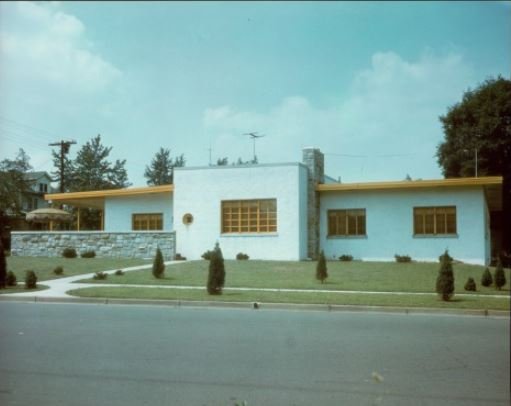
Four of the five tracks on Blue Train consist of Coltrane originals, the sole holdout being a Johnny Mercer / Jerome Kern standard on side two. This will be Coltrane’s first and only Blue Note session as a leader. Inexplicably, the leading-edge jazz label of the time–and arguably the most important jazz label of all time–passed up signing this new and up-and-coming jazz giant.
Along with Giant Steps for Atlantic Records [SD 1311] in 1960 and A Love Supreme for Impulse! [Acoustic Sound Series B0032077-01, AS-77] in 1965, Blue Train counts as one of Coltrane’s and Blue Note’s most prestigious and accomplished albums.
Tone Poet takes off!
Flash forward to 2012, and musician and record producer Don Was is appointed the new president of Blue Note Records, and in 2019 launches the terrific Tone Poet Series.
Headed and supervised by Music Matters’ Joe Harley, with reissues remastered and cut all-analog from the original session tapes by Kevin Gray at California’s Cohearent Audio and pressed on 180 grams at RTI, Tone Poet releases about two LPs per month.
Nearly all its releases are presented in beautiful laminated gatefolds featuring mostly original black-and-white Blue Note session shots by photographer extraordinaire Francis Wolff.
For its combination of product quality and price, Tone Poet has set the bar high for other reissue labels. After nearly four years of operation, Tone Poet has become a hit with music lovers and audiophiles, who have showered praise on the label’s releases as much for their sound as their visual appeal. Having heard almost all Tone Poet releases—thanks to a fanatical friend collector of mine who lets me borrow them–I can confirm that the vast majority of the company’s releases sound impressive and superior to my mostly mono RVG “deep groove” Blue Note originals. Although there are strong sonic similarities from title to title—not surprising given 95% were recorded by Rudy in one of only two different locations, hence the famous “Blue Note sound”—every now and then, you’ll find a release that either fails to live up to the others due to either a lack of bass precision or quantity, or a muffled piano, or one that sounds so good it exceeds expectations.

Like Kind of Blue, Blue Train is one of those jazz monuments that has stood the test of time, and has been reissued so often it’s hard to keep track. In the case of Blue Train, Kevin Gray first cut it in 2008 with Steve Hoffman in double-45 rpm stereo for Analogue Productions, then in 2014 for Music Matters in mono at 33 1/3 rpm, and, finally, just last month in both mono and stereo editions at 33 1/3 rpm for Tone Poet’s 65th anniversary of the original recording session. I have the stereo version, which I’ll be discussing here, and which comes on two LPs and includes outtakes that the mono one-LP version doesn’t.
Since the album’s release, Gray and producer Joe Harley have been making the rounds on YouTube channels promoting the big launch. Needless to say, the expectations of vinyl aficionados were sky high!
I’m glad to report that the visual presentation of Tone Poet’s Blue Train didn’t just meet the company’s usual high standards, but surpassed them by including a full size 10-page booklet inside the gatefold, stapled to the album’s inner spine, featuring photos of Coltrane with the other band members and ending with an image of the original master tape boxes.
The outer jacket is beautifully laminated with black-and-white photos of the musicians on each inside face. Every detail is de bon goût. The only visual improvement I would have made would have been to replicate the circular “deep-groove” indentation that runs around the inner circumference of the original pressing’s labels.
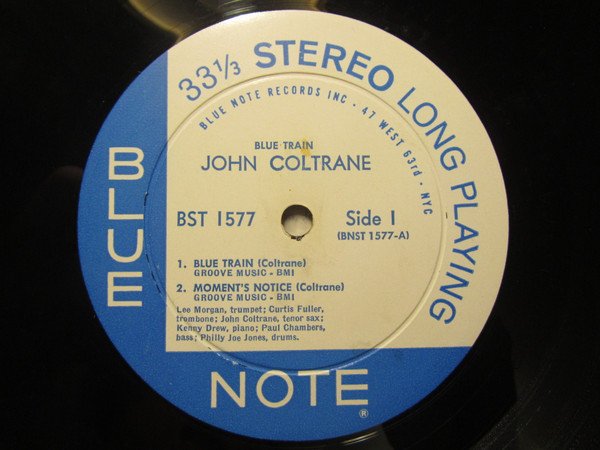
All in all, this release could serve as an example to the entire record industry of what to emulate.
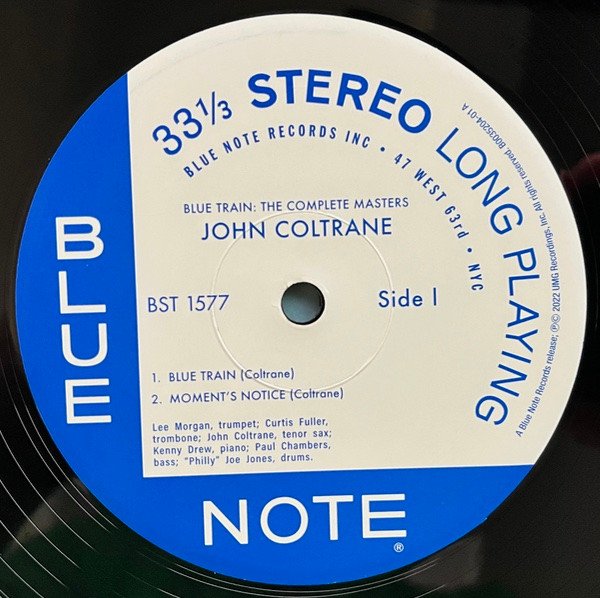
Regarding how the instruments are portrayed in stereo on this record, there are no big surprises, in the sense that we recognize RVG’s typical instrument placement for this brief period around 1957, when he was just beginning to experiment with stereo, while running a second mono tape deck in parallel for the mono LP releases.
For Blue Train, Gelder chose to record all three horns in the left channel instead of spreading them out between both channels—for example, the sax on the left with the trumpet and trombone on the right—as he would on his 1960s’ recordings. Also, while the horns and the drums sound crisp and clear, the piano and bass are less stellar. That said, Rudy did a fine job, above his average, in creating a recording with undistorted dynamics, top end openness, solid drum impact, palpable room ambiance, and the right amount of reverb.
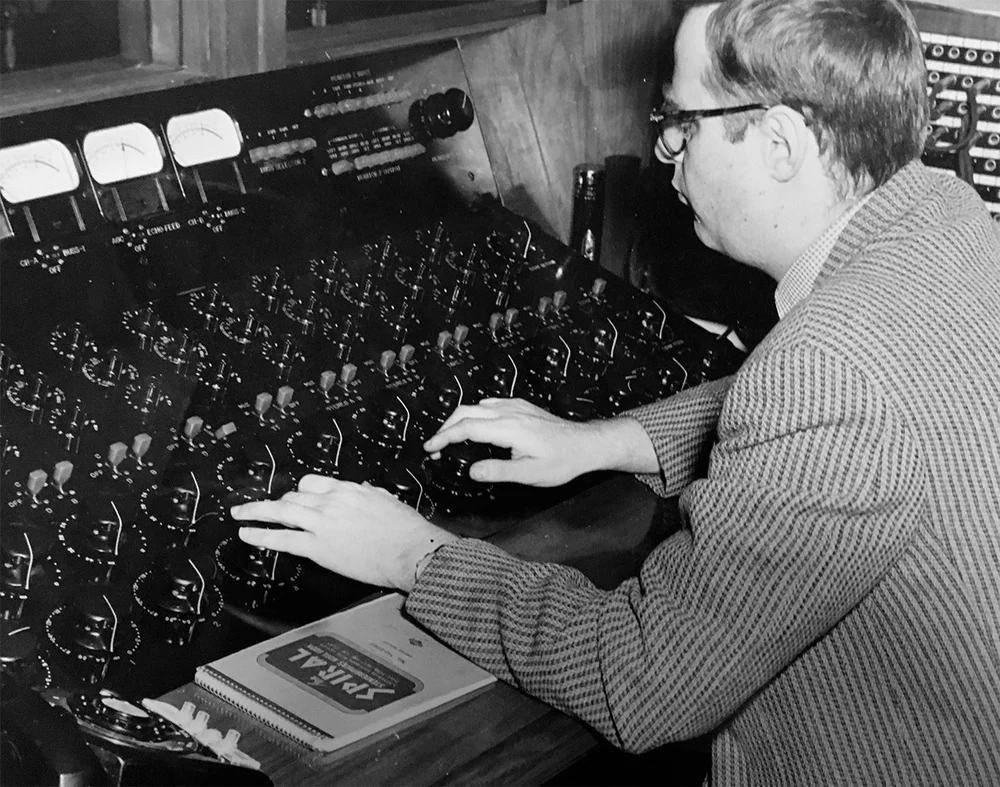
Occasionally, Gelder went overboard with reverb effects or mike saturation-distortions—such as on many Art Blakey recordings. Thankfully, there’s nothing of the sort on Blue Train. I also believe, that, given the significance of this 65th anniversary milestone album, as well as Don Was and Joe Harley’s great affection for this particular Blue Note title, that Kevin Gray outdid his usual high standards to present something truly special.
The sound here is extremely open and refined. When ‘Trane takes off in the title track, I felt a sense of visceral excitement I rarely get from a recording. The biting tone, sense of air, imaging of the saxophone—and those of the trumpet for that matter—were all startling to behold. As is the drum kit, which produced immense impact, natural tone, and lovely cymbal finesse. The sound of the trombone also stands out, especially in “Blue Train”‘s intro and coda. The piano, when comping, is typical RVG fare—i.e. it sounds distant and muffled—but not during Drew’s solos, when the piano is brought closer to the front, in full view. While this wasn’t a Riverside or Three Blind Mice recorded piano sound, you can tell Gray put a lot of effort into making the piano sound articulated, along with having good midrange presence and clean hammer force. I’d describe the bass in a similar manner, in that, when comping, it too often exhibits that RVG ill-defined bass sound, where it’s too low in level, has a weak lower end, and lacks definition so it’s hard to follow the bassist’s fingers on the fingerboard. But when Chambers is soloing, he too, now, has been brought to the fore, toward the right of the stage, and in these instances, bowed or not, the bass has presence and tangibility. It’s a delight, but it also makes me wish—and consider this my only gripe about the sound of this release—that Chambers’s bass could have been more emphasized throughout the album and not solely during the solos. As for the pressing itself, the copy I had was shiny, silent, and well-centered.
I don’t have an original pressing to compare this one to, but I do own the 180g stereo version remastered and cut by Bernie Grundman, and released by Classic Records in 2000. That one is generally excellent, but the Tone Poet beats it in nearly every parameter, markedly on cymbal clarity and treble refinement, piano presence and realism, drum impact, and overall dynamics. The only exception is the double bass which, on the Classic Records, sounds more precise and slightly more present during the comping, but as soon as there’s a solo, the Tone Poet wins by making the bass sound more upfront and weighty. Original pressings of this title are extremely expensive and hard to find in fine playing condition, and, based on numerous comparisons I’ve done with other Blue Note titles, are often inferior sound-wise to the Tone Poet, Music Matters, Analogue Productions, and Classic Records reissues.
The alternate takes on the second record (sides C and D) sound excellent, though a tad less refined and well balanced than the music on the first disc. Music interpretations are interesting if you’re curious about what the creative process was in making Blue Train, but I don’t think I’ll go back to them often. I feel the final take choices, done back in the day, were the right ones, the title track being the most obvious example to my ears.
Finally, I got a chance to compare the stereo version with the Tone Poet single-LP mono one [B0035204-01, BST 1577], also done by the same reissue and remastering team, and still presented in a laminated gatefold but without the inner booklet found in the stereo release The mono version is also excellent sounding and, apart from the obvious soundstage differences, fairly similar in tonal balance, which is why I saw no advantage in owning it over the stereo version. The latter is also my preferred choice for what I find is its more exciting and realistic presentation of seeing a sextet playing together—making history together—in what sounds like a live acoustic set in a small venue.
On that seminal September date, Trane took us on quite a ride. His next step would prove to be a Giant one.
Personnel:
- John Coltrane – tenor sax
- Lee Morgan – trumpet
- Curtis Fuller – trombone
- Kenny Drew – piano
- “Philly” Joe Jones – drums
- Paul Chambers – bass
Additional credits:
- Original session produced by Alfred Lion.
- Compilation produced and supervised by Joe Harley.
- Recorded September 1957 at Van Gelder Studio, Hackensack, New Jersey.
- Engineered by Rudy Van Gelder.
- Remastered and lacquer cut by Kevin Gray at Cohearent Audio, North Hills, CA.
- Plated and Pressed by RTI, CA, USA.
- Original cover design by Reid Miles.
- Updated gatefold design by Todd Gallopo and Tory Davis for Meat and Potatoes, Inc.
- Photography by Francis Wolff.
Reference list (albums and labels):
- John Coltrane — Coltrane (Prestige PRLP 7105)
- John Coltrane — Giant Steps (Atlantic Records SD 1311)
- John Coltrane — A Love Supreme (Impulse! Acoustic Sound Series B0032077-01, AS-77)
- Miles Davis — Milestones (Columbia CL 1193)
- Miles Davis — Kind of Blue (Columbia CS 8163)
For more from Claude Lemaire visit…
https://soundevaluations.blogspot.ca/
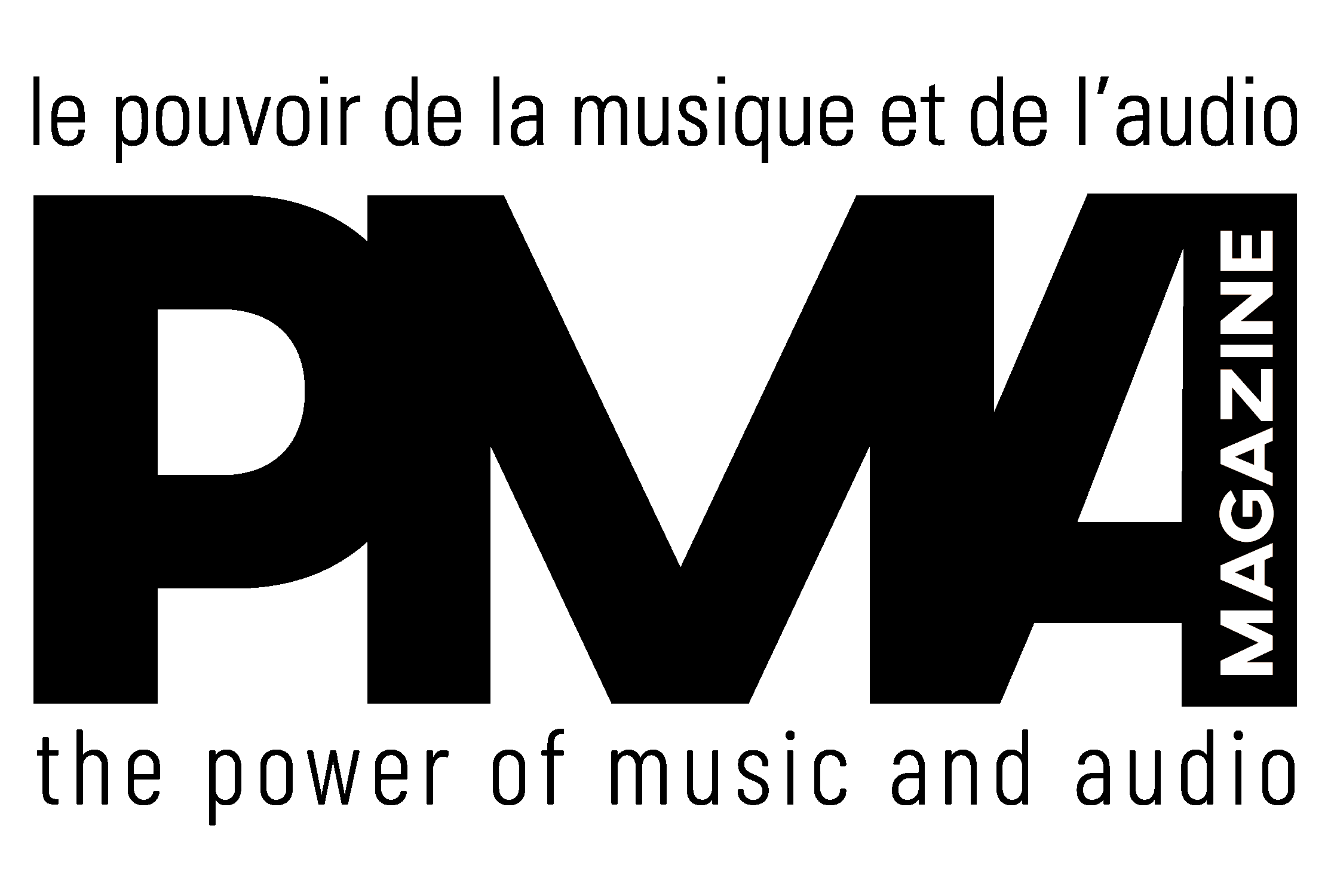


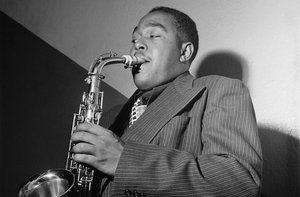
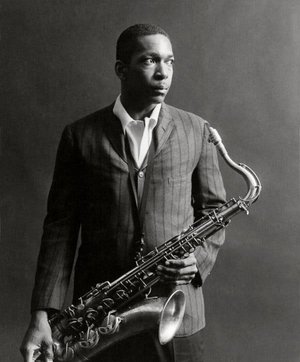
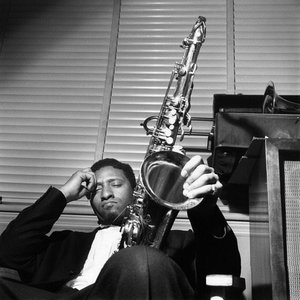
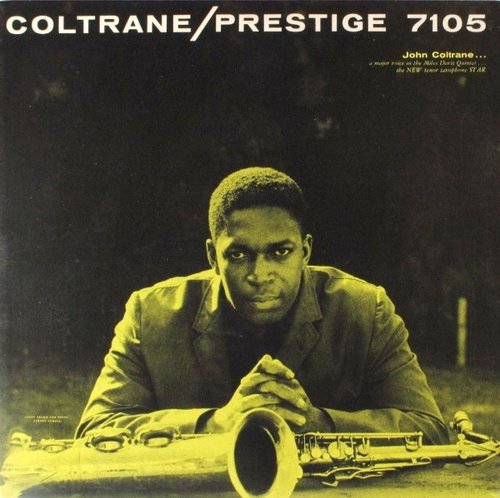
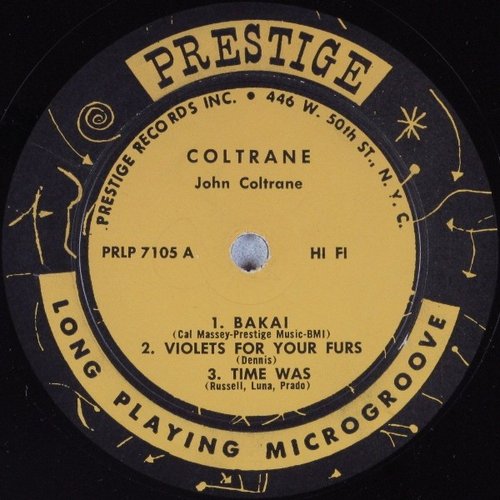
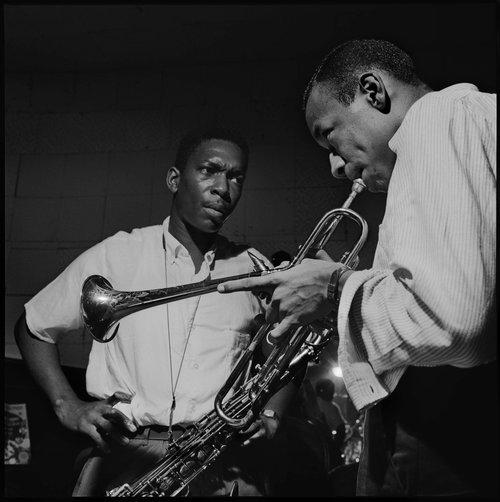

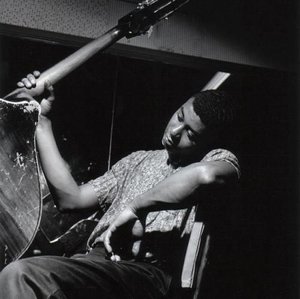
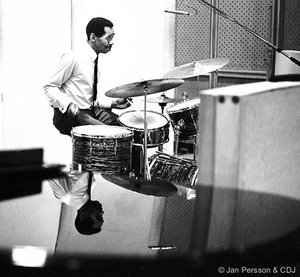
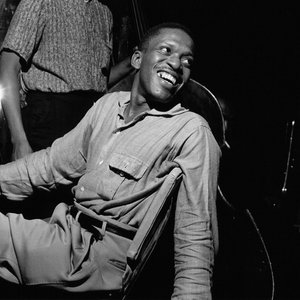
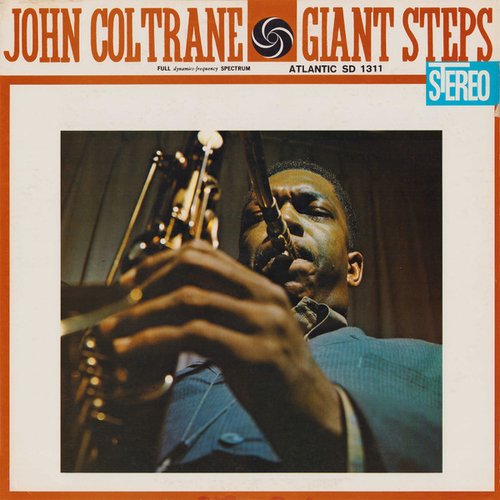

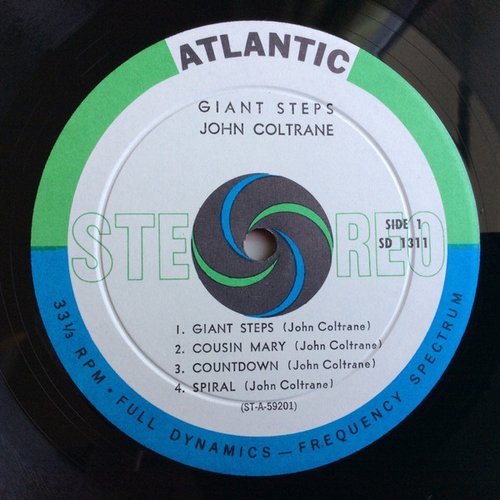
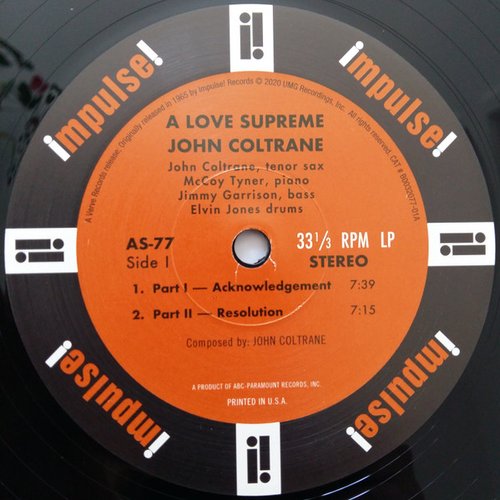
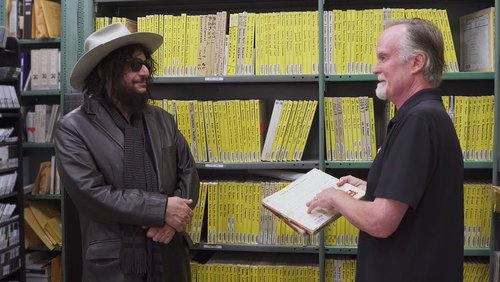
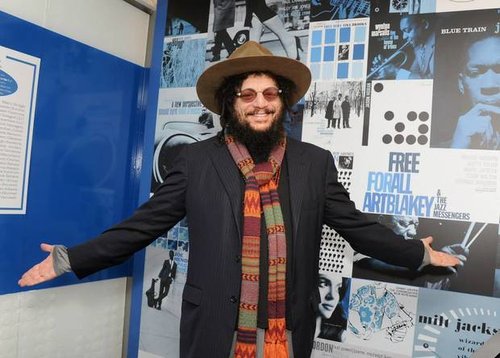
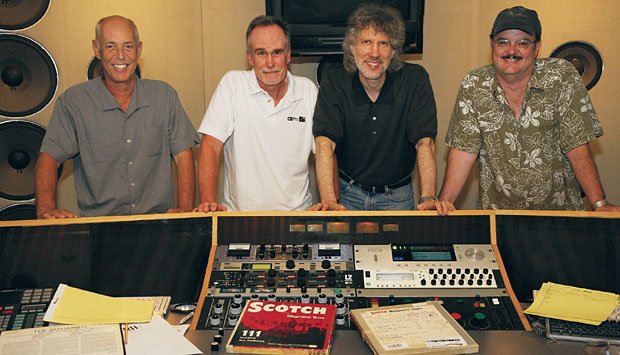
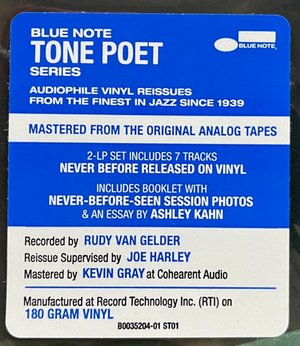
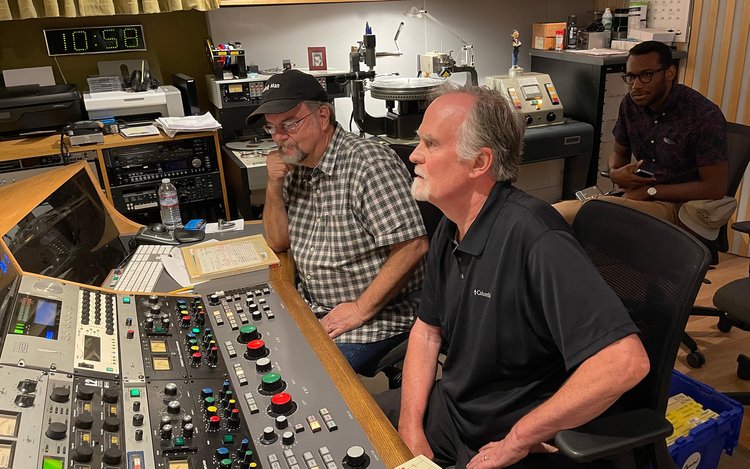



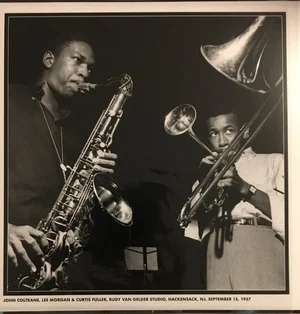

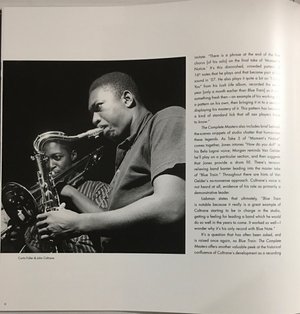

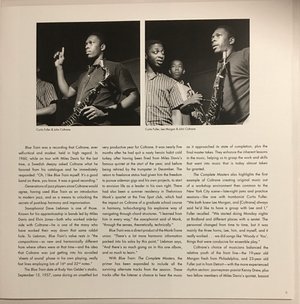

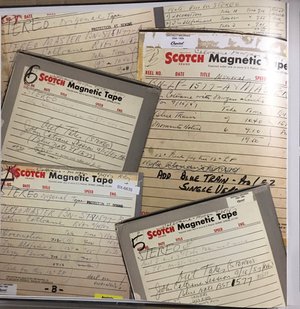

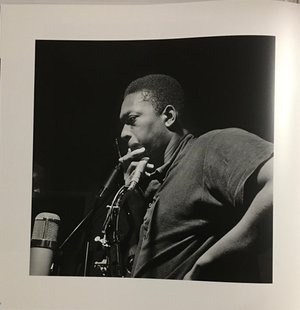

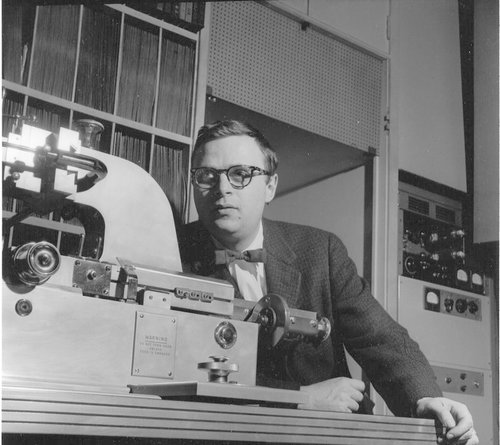
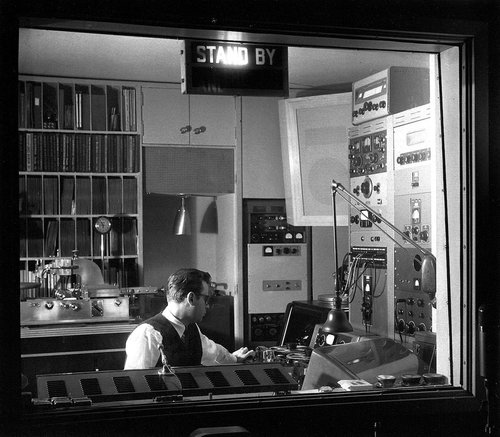
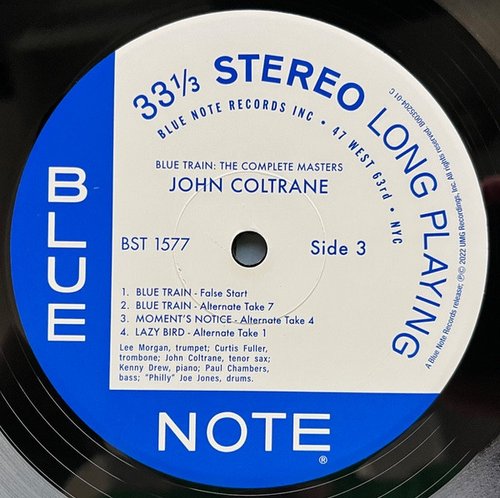
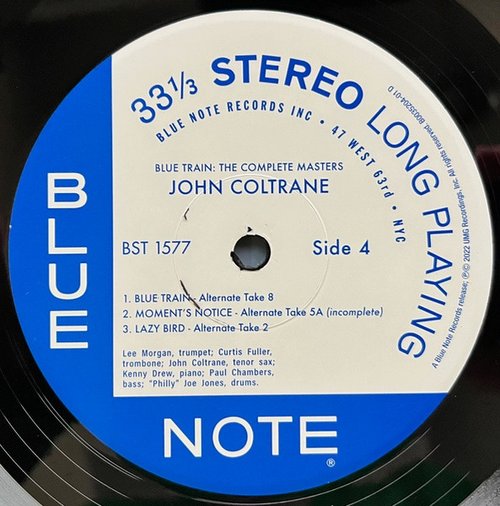
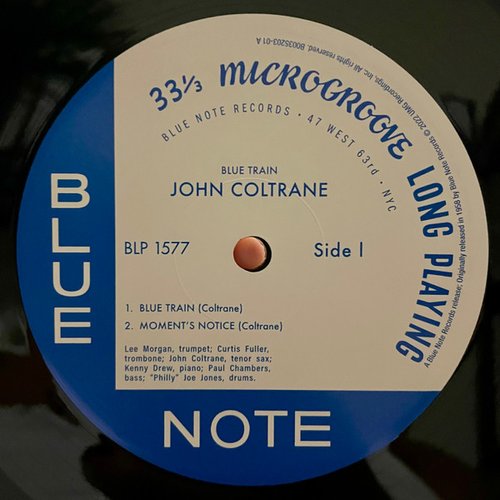
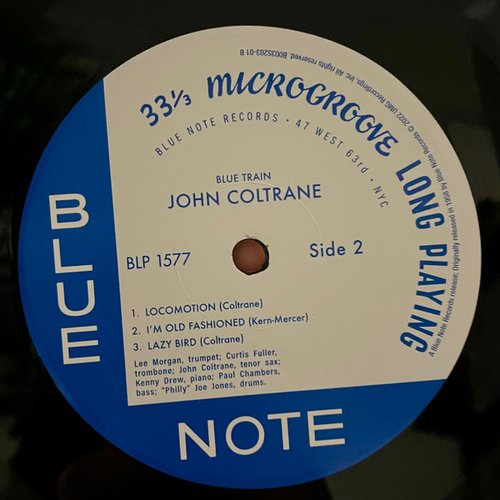













Leave a Reply